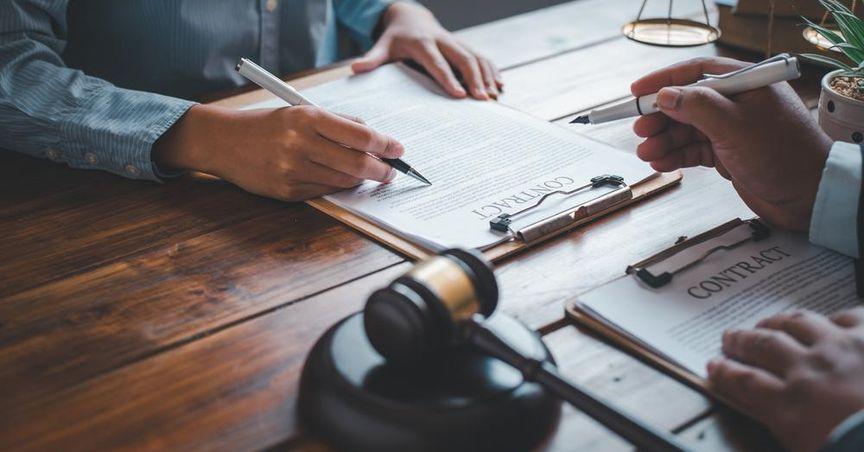Highlights
- Chapter 22 refers to a corporation’s second filing for Chapter 11 bankruptcy protection.
- It typically occurs after an initial Chapter 11 restructuring attempt fails.
- This filing often highlights ongoing financial struggles despite previous efforts.
Chapter 22 is a colloquial term used to describe a corporation’s second filing for Chapter 11 bankruptcy protection. In this context, the company has already undergone an earlier Chapter 11 filing, which is the legal process for businesses seeking to restructure their debts under the supervision of the bankruptcy court. Chapter 22 indicates that the company was unable to resolve its financial difficulties in the first round of bankruptcy proceedings, and now seeks a second attempt to reorganize or salvage its business operations.
A Chapter 11 bankruptcy allows a company to continue operations while reorganizing its debt and developing a plan to repay creditors. However, in some cases, the initial restructuring plan does not succeed in resolving the company's financial issues. This can be due to various factors, including unrealistic business projections, continued poor financial performance, or an inability to reach an agreement with creditors. As a result, a corporation may find itself back in court for a second time under the Chapter 11 framework. This second filing is informally referred to as a Chapter 22.
The term "Chapter 22" often carries a negative connotation. It suggests that the company’s previous attempt at reorganization was insufficient or failed outright, leaving it with no choice but to return to bankruptcy court. This can signal to investors, creditors, and the public that the company remains in a precarious financial position. It can also raise doubts about the effectiveness of its management or the viability of its business model.
Chapter 22 filings are relatively rare but can occur in industries where companies face particularly difficult economic conditions or market disruptions. In some instances, companies that file for a second Chapter 11 may eventually succeed in restructuring their business and emerging from bankruptcy stronger than before, but these cases are often the exception rather than the rule.
Conclusion Chapter 22 filings highlight a company's repeated struggle to overcome financial distress after an initial bankruptcy attempt. While the process offers a second chance for reorganization, it also underscores the challenges faced by businesses that are unable to address the underlying causes of their financial difficulties. A second Chapter 11 filing can signal ongoing instability and risk, but in some cases, it may provide a path to recovery if managed successfully.





